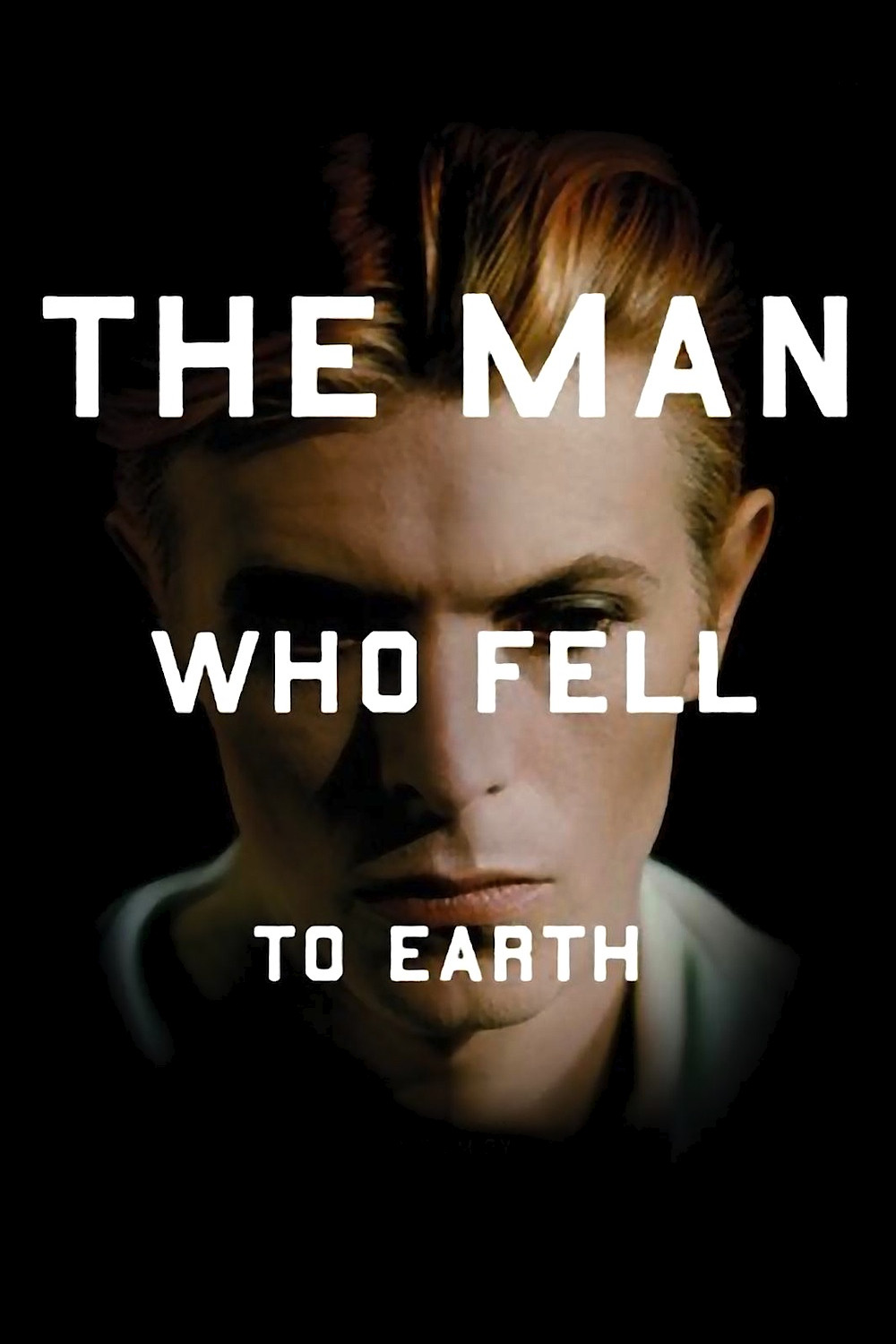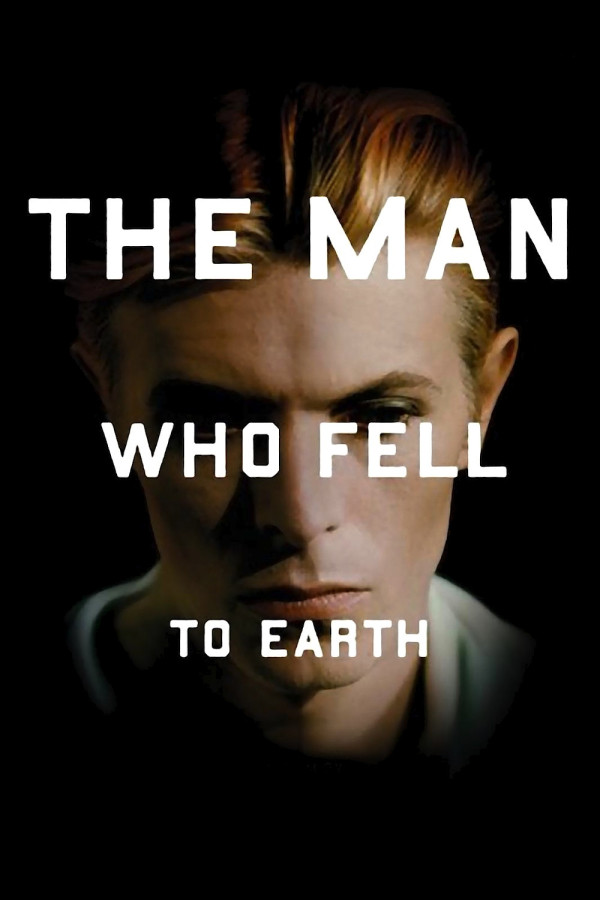DAVIDBOWIE.COM: To celebrate the 40th anniversary of Nicolas Roeg’s iconic movie, The Man Who Fell To Earth, we’re delighted to announce that the film will return to UK cinemas in 4K this September. MORE
NME: The soundtrack of David Bowie’s classic film The Man Who Fell To Earth is to be available for the first time since its original release 40 years ago. First available in 1976, the soundtrack features specially composed music by Japanese prog-rock musician Stomu Yamash’ta and John Philips, who was the main songwriter for ‘60s pop band The Mamas And The Papas. However, the master tapes were lost, meaning that the soundtrack has been unavailable since its original release. The tapes were recently uncovered, meaning the soundtrack can be reissued for its 40th anniversary to coincide with a new cinema release for the film. MORE
PREVIOUSLY: True to its title, The Man Who Fell To Earth begins with David Bowie’s alien Newton crashing down from the sky in his alien vessel. It isn’t just Newton, Nicholas Roeg’s experimental sci-fi epic also seems like an alien document sent from a far-off place, that place being the mid-1970s. Before Star Wars‘ arrival, mid-70s sci-fi was still heavily influenced by the mystical vagaries of Kubrick’s 2001: A Space Odyssey. Roeg’s film, which brought rock phenomenon David Bowie to the big screen for the first time, ultimately found its cult audience outside of the mainstream, mainly through midnight screenings that continued for a good decade after its initial release. Roeg’s challenging, kaleidoscopic film sees the U.S. through an alien’s eyes and its willingness to defy expectations and obscure the narrative distractions of time and space has led some modern viewers (including Phawker’s illustrious editor/publisher) to call “bullshit” on Roeg’s vision. Love it or hate it, it certainly is a far cry from such current sci-fi such as Ryan Reynold’s Green Lantern film, a modern day equivalent that offers more easily digestible, crowd-pleasing intergalactic ride.
Walking through the New Mexico desert town in the film’s opening, Bowie’s Newton (and perhaps Englishman Roeg himself) looks at the U.S. as an  unknowable foreign landscape. An abandoned inflatable “moon pillow” kid’s ride threatening to blow loose from its anchor symbolizes the barely-tethered carnival ride that is America. Newton arrives with a handful of industrial patents that make him obscenely wealthy almost instantly. Even though Newton compiles great wealth, it does not bring him happiness. Throughout the film, the camera pans across the faraway look in Newton’s eyes, which in turn dissolves into scenes of his alien family, stranded on a desert planet and waiting for Newton return with help. Over the course of the film, we learn that Newton left his planet looking for water to ease their apocalyptic drought. Newton’s plan is to use his vast wealth to bring them water, but along the way America distracts him and derails his plan.
unknowable foreign landscape. An abandoned inflatable “moon pillow” kid’s ride threatening to blow loose from its anchor symbolizes the barely-tethered carnival ride that is America. Newton arrives with a handful of industrial patents that make him obscenely wealthy almost instantly. Even though Newton compiles great wealth, it does not bring him happiness. Throughout the film, the camera pans across the faraway look in Newton’s eyes, which in turn dissolves into scenes of his alien family, stranded on a desert planet and waiting for Newton return with help. Over the course of the film, we learn that Newton left his planet looking for water to ease their apocalyptic drought. Newton’s plan is to use his vast wealth to bring them water, but along the way America distracts him and derails his plan.
From its set-up, it looks like TMWFTE is going to follow sci-fi orthodoxy. Perhaps like the similarly-themed The Day the Earth Stood Still, we’re expecting that the spaceman’s superior intellect is going to give him power over earth’s citizens. In the War of the Worlds it was unseen microbes that brought down the hostile invaders, but here it is the sickness of Western culture itself that ultimately hobbles Newton. Introduced to booze and TV by his earthly companion Mary-Lou (Ameican Graffiti‘s girlish Candy Clark), Newton sits idly in his chair, guzzling gin and watching four, five and later a wall of televisions. He builds an empire with his corporation World Enterprises, but the government (who has been surveilling Newton since his arrival) steps in just before his return voyage in order to keep him in custody, albeit in a gilded, luxurious cage. MORE

